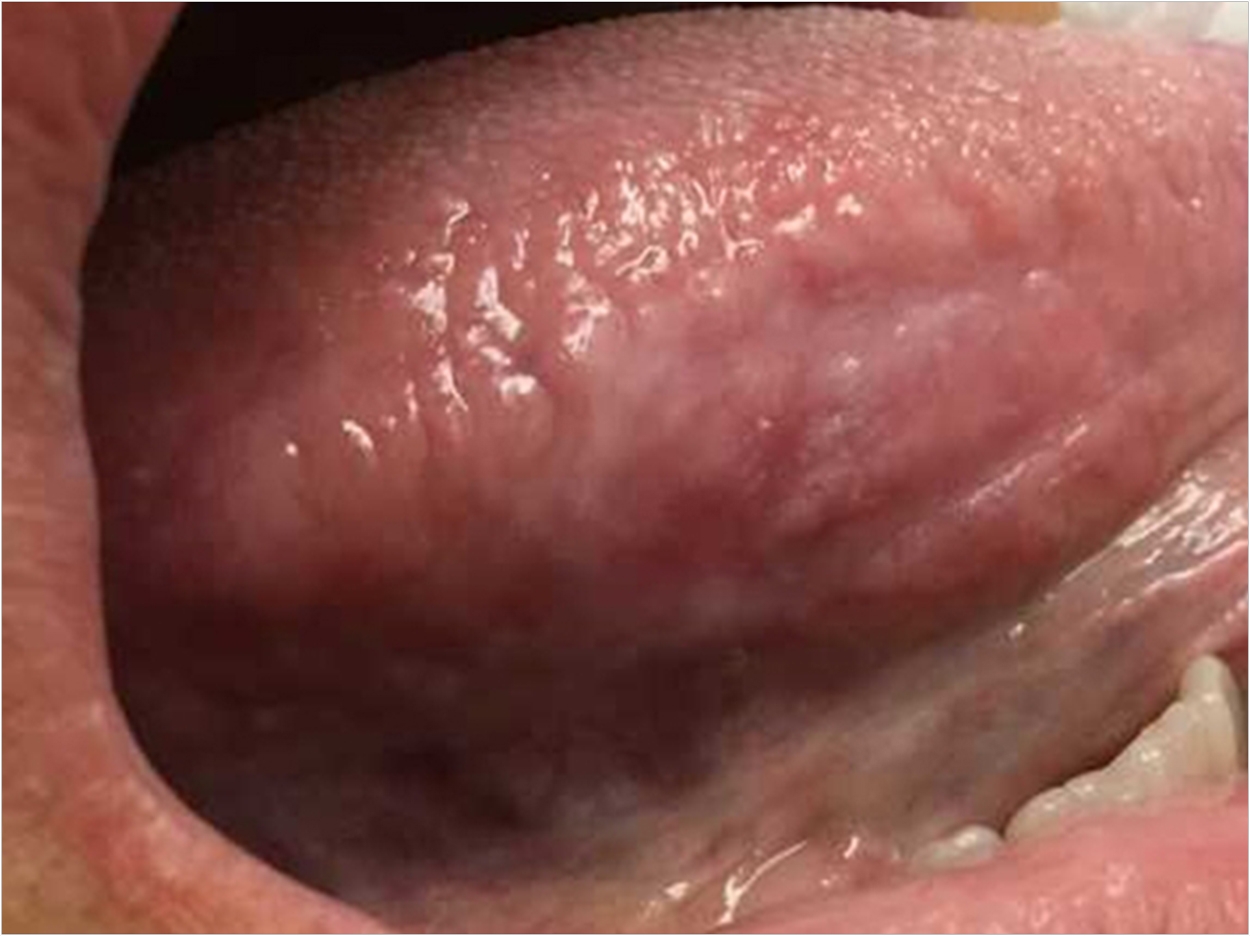
Significantly higher proportions of minority and low-income individuals have not received an oral cancer screening (OCS) despite a recent dental visit, according to researchers at the Brigham’s Center for Surgery and Public Health.
Oral cancer accounts for 2% of reported malignancies and 1.2% of cancer-related deaths in the United States, the researchers report. Catching cancers early can lead to an 82.8% survival rate, but once the cancer metastasizes, that rate drops to 28%. And while the ADA recommends OCS as part of routine dental visits, not everyone gets them.
“We wanted to look specifically at the population that has access to dental care and report having access to a dentist,” said first author Avni Gupta, BDS, MPH, a research scientist at the Brigham’s Center for Surgery and Public Health, which examined OCS rates with an eye on income, race, and other factors.
“Our results indicate that the selection of patients for screening isn’t based on the high-risk profile for oral cancer, but on sociodemographic characteristics. This is not appropriate. All patients should be receiving oral cancer screening, but providers aren’t screening these groups, and this may be why they are presented with more advanced cancer,” said Gupta.
The study looked at civilian, non-institutionalized individuals age 30 and older who had visited a dentist in the previous two years. In three data cycles, from 2011 to 2016, patients self-reported if they had ever had an intraoral or extraoral exam, noninvasive procedures that can easily and safely be performed in an outpatient setting by a qualified health professional.
The intraoral exam, in which the health professional pulls on the tongue and feels around the mouth to detect any premalignant lesions, was the primary outcome of the study. The extraoral exam, in which the health professional feels the patient’s neck, was a secondary outcome. The patient survey described the intraoral and extraoral exam in detail so patients could easily identify the two types of screenings.
Only 37.6% of people who had seen a dental professional reported receiving an intraoral cancer screening exam, while only 31.3% received an extraoral exam. Adjusting for different risk factors, the researchers found that OCS rates were much lower among racial minorities, lower-income groups, and those who were uninsured or publicly insured. These disparities were independent of the two major risk factors for oral cancer, smoking and alcohol consumption.
The largest limitation of the study was the use of self-reported data that is subject to recall bias. However, the researchers say this would only impact the study if these biases had greater influence on some sociodemographic groups than others.
Gupta said that while previous studies have indicated disparities in access to dental care, she hopes that this study shows that providing access is not enough to get rid of the gaps in OCS rates between different sociodemographic groups.
“Just providing access is not enough. It matters what type of care patients are able to access,” Gupta said.
“We talk a lot about disparities in medical care, but the quality of dental care services is important too. We need to better understand the barriers that dental care providers face in order to ensure that patients get the same level and quality of care regardless of sociodemographic factors,” Gupta said.
The study, “Disparities in Oral Cancer Screening among Dental Professionals: NHANES 2011-2016,” was published by the American Journal of Preventive Medicine.
Related Articles
Cigarette Smoke Reprograms Cells to Support Head and Neck Cancer
Capsazepine Analogs Prove Effective Against Oral Cancer
Know Your Leukoplakias to Identify Oral Cancer












